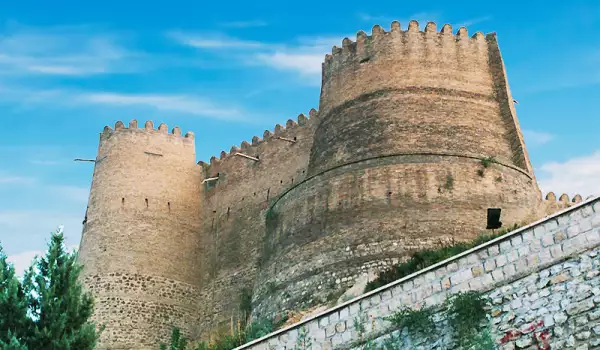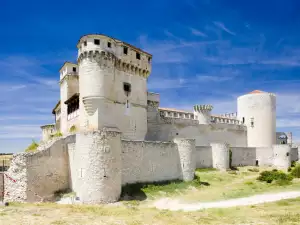Falak-ol-Aflak Castle

Castle Falak-ol-Aflak can rightly be called one of the wonders of the world. This ancient palace complex has existed for more than 1800 years on Iraqi territory. Dominant on a hill bearing the same name, Falak-ol-Aflak, the castle is considered one of the oldest and amazing fortified buildings within the Asian country.
Falak-ol-Aflak castle rises on the hill in the middle of the Iraqi city, Khorramabad, which is the capital of the western Iraqi province of Lorestan. The name of this high citadel literally translates to, heaven of heavens.
Through nearly 2000 years of history. Falak-ol-Aflak has gone through several names before it reached this "spiritual" and exalted name. Over the centuries it was called, Shapur-Khast or Sabr-Khast fortress also Dezbaz, and the Khorramabad castle.
The huge structure of Falak-ol-Aflak was built in AD during the Sassanid era, between 226 and 651 on the Khoramabad River. Along the eastern and south-west side of the castle once had been used as a natural protective facility of the fortress. Today the western and northeastern area of Falak-ol-Aflak is respectively on the hill adjacent to some of the neighborhoods of the city.
The foundations of the castle reaches approximately 300 - 400 meters. The height of the entire building, including the hill reaches 40 meters above the surrounding area. The whole fortress of Falak-ol-Aflak extends over an area of 5300 square meters and holds a perimeter of 2860 m. The highest wall of the fortress is 22.5 meters in height.
The castle itself is divided into four large rooms which are connected by a pretty rooms and corridors. In ancient times Falak-ol-Aflak looked powerful with its 12 towers, but unfortunately today only 8 have survived.
The main entrance of the palace is situated in the north, and is incorporated in the Northwest Tower. The water tank of the castle is situated in the region of the first courtyard and reaches a depth of 40 meters. Currently, Castle Falak-ol-Aflak is in the experimental list of UNESCO World Heritage as a wonderful example of Persian architecture.















